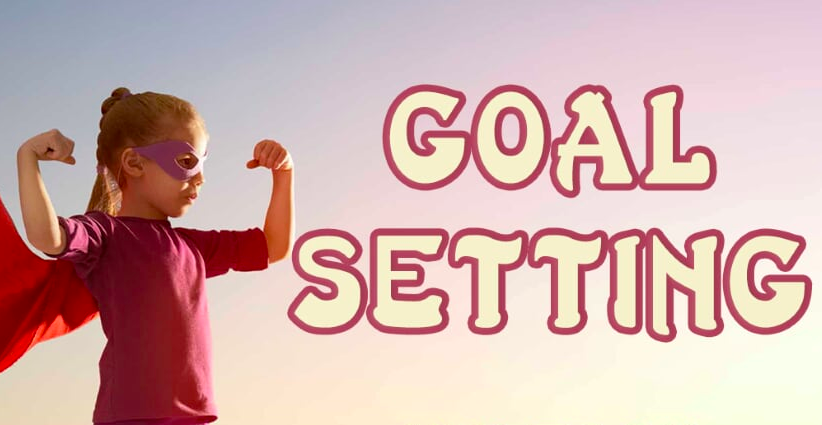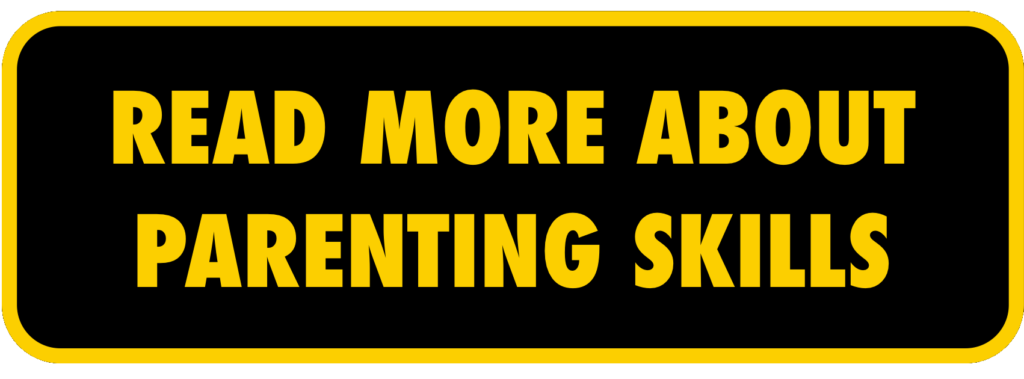Goal Setting
Goal setting is one of characteristics that is the most highly linked to the success that individuals can have. Top athletes and successful people all use goal setting. While it is a trait that is most often associated with teens and adults, younger children can also benefit greatly from beginning this life skill at an early age.
Learning how to set reasonable and attainable goals is a valuable lesson for children of all ages. Studies show that goal setting helps children improve their self-discipline and self-awareness. It also increases their internal drive so that they stay motivated to complete the goals they set for themselves. By accomplishing their goals, children’s self-esteem automatically increases, and they have more motivation towards setting future goals.
For children that are just beginning to set goals, it is important that they have immediate, tangible successes to keep them motivated. Goal setting should also be fun so that they will stay interested and continue setting goals throughout their lives. This will help them build the habits necessary to achieve important goals as they continue into adulthood.
In the Krav Junior program, short- and long-term goal setting and achievement are foundational. The goals are never in place to create a high-pressure environment, but rather to encourage students to do their best so that learning and effort is valued. Because Krav Junior utilizes game-based learning in this process, our students have fun while they put effort towards the drills. By setting these goals and achieving them, students unleash their potential in every class.
Here’s how Krav Junior instructors set short-term goals with students in class each day . . .
Students are trained on 1-2 techniques each day, according to their age group. During the class, the students are given an opportunity to perform the technique for the instructor. When the student has performed the techniques successfully, he or she can earn a stripe for their belt at the end of class. These short-term achievements keep them motivated to continue to set new goals for themselves and work to accomplish them.
As the students work towards earning all eight stripes on their belt, they are ultimately working towards their long-term goals for the testing cycle. The long-term goal accomplishment will be finalized through testing where the students will perform all skills they have learned and, finally, receive the next belt in their level.
To succeed in life, we must know the steps we need to take to get to where we want to go. This is the first and foremost secret of successful people – a secret we give as a gift to our students when we teach them how to set goals. By doing this, we are creating positive habits of setting goals that will carry over into adulthood.
Source: SKILLZ


Comments are closed.